
2022 Mahindra Scorpio N First Drive: Perfect Middle Ground?
- Jun 30, 2022
- Views : 7058

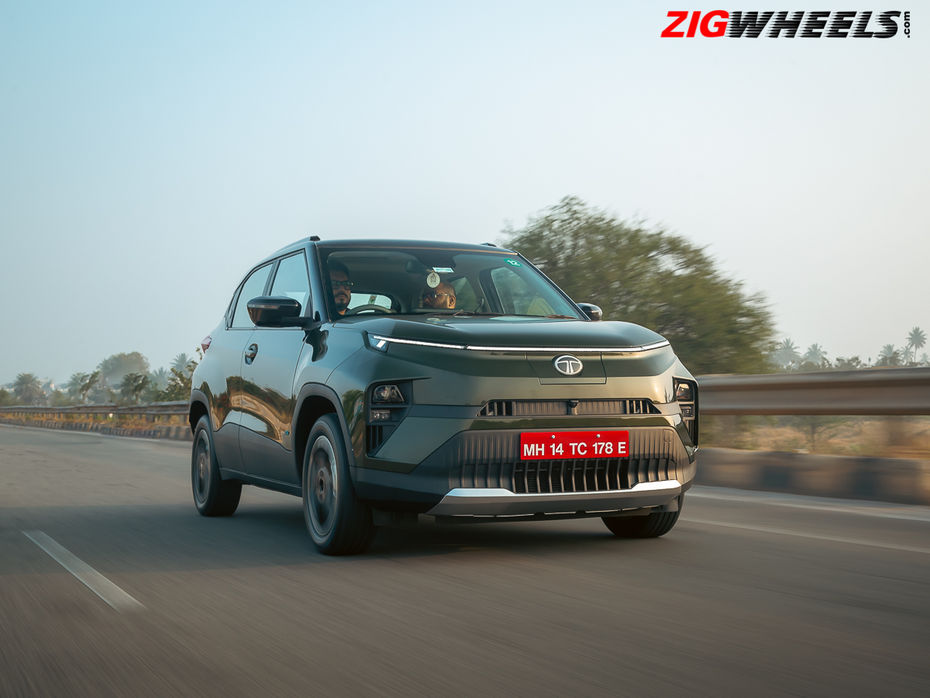
The Tata Punch EV is an electric small car with SUV styling that’s similar in size to cars like the Citroen eC3 and Hyundai Exter. The Tata Punch was first introduced as a petrol micro-SUV in 2021. While the Tata Punch EV is the electric version of that car, the changes are more extensive than they’ve been with previous Tata electric cars - Nexon EV, Tiago EV and Tigor EV.
This is because the Tata Punch is based on Tata Motors’ ALFA architecture which was developed to support electric powertrains from the beginning while previous platforms had to be adapted for it. The Punch EV is based on the acti.EV pure electric platform that combines the original ALFA chassis with a new pure electric platform and cloud architecture.
In simple terms, this helps the Tata Punch EV deliver ride and handling (among other characteristics) that are consistent with the petrol Tata Punch, even though it is significantly heavier.
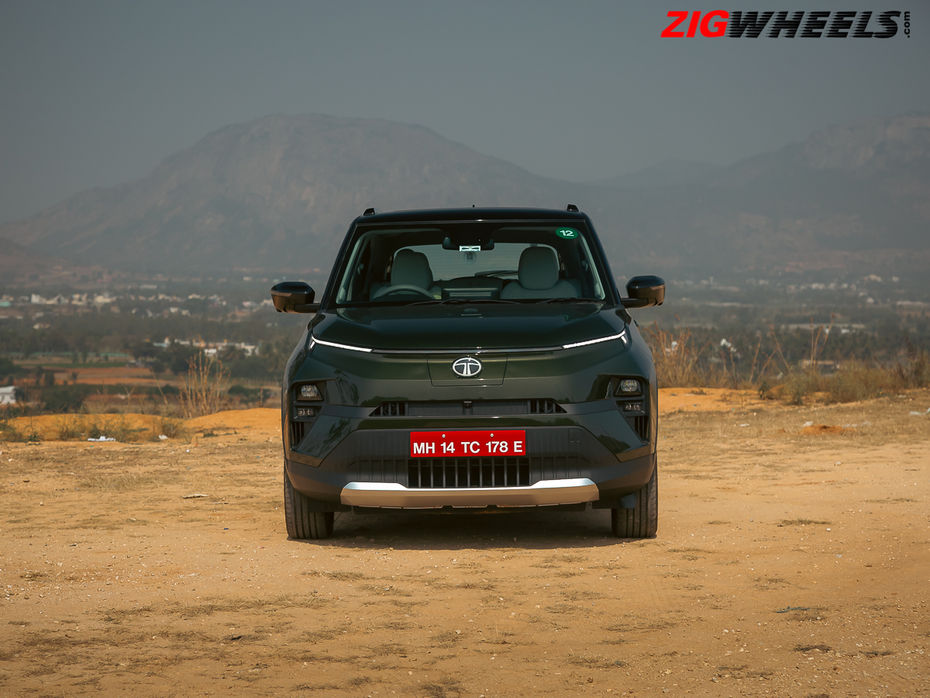
The Tata Punch EV carries forward the new Tata family look and shares front styling elements with Tata’s other SUVs. There’s a new connected LED strip up front where you’ll also see the sequential turn indicators. The Punch EV also gets LED headlights and fog lights. Tata has also integrated the charging port into the front of the car. The charger door opens via a release button inside the car and also comes with a manual cable backup under the bonnet, should any issues be faced with the primary button. With the new design, the Punch EV certainly looks more futuristic and also gets an amplified sense of size.

However, save for Punch.EV badges, the rest of the car is identical in design to the standard petrol Tata Punch. To the side, the Punch sports restyled 16-inch alloy wheels with 195-section tyres. The Apollo Amperion tyres have been specially designed for electric vehicles to reduce rolling resistance/energy loss and improve the car’s range. The rear design is identical to the petrol Tata Punch, though, the green number plate will tell you which version you’re following if the badge didn’t give it away.
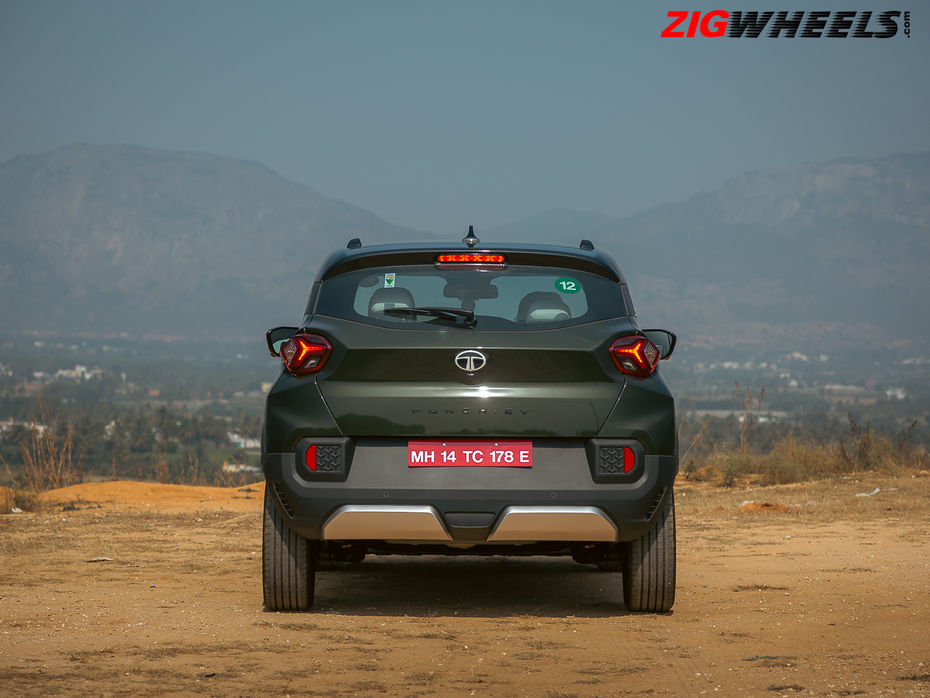
The ground clearance (unladen) is 190mm and the switch to a dedicated EV platform also helps the Punch EV hide any battery pack protrusions, like the ones we’d seen in previous Tata electric cars. Colour options include two shades of white, red, green, and grey.
Fun fact: The platform that underpins the Tata Punch EV is capable of supporting front-wheel drive, rear-wheel drive and all-wheel drive applications. The Punch EV itself will only be offered with front-wheel drive.
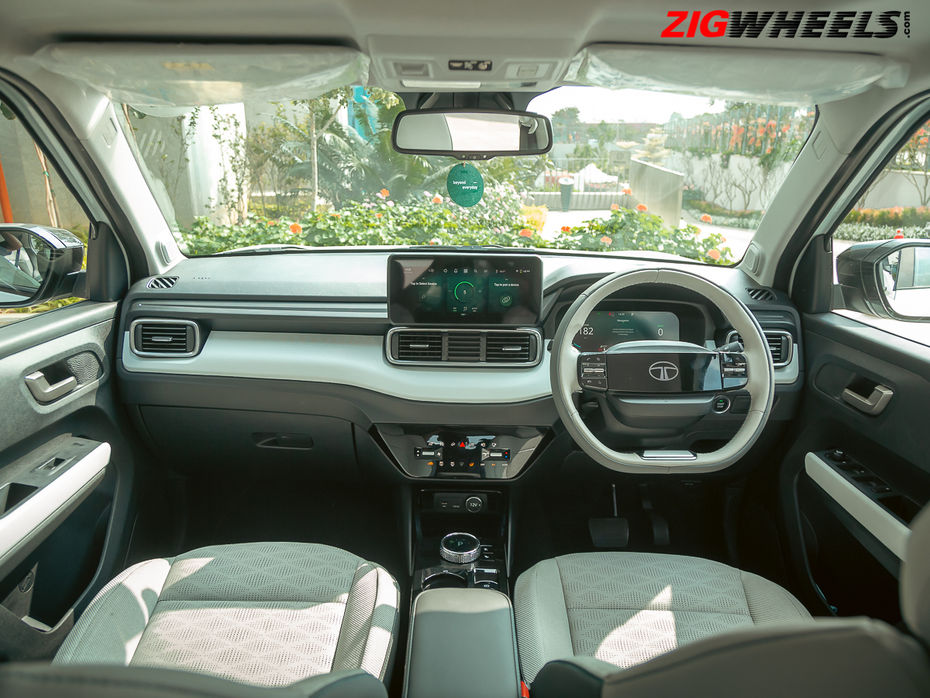
The interior takes heavy inspiration from the new Tata Nexon EV. The interior experience is upgraded with three major design changes — the new twin-spoke steering wheel with the illuminated logo, a touch-based climate control panel and the redesigned floor console.
Quality levels are decent for the price point, but similarly priced petrol-/diesel-powered alternatives, like the Kia Sonet, feel more premium. Tata has used hard (but good quality) plastic and given different textures on the dashboard which feels nice to the touch. Fit and finish, too, are consistent inside the cabin.
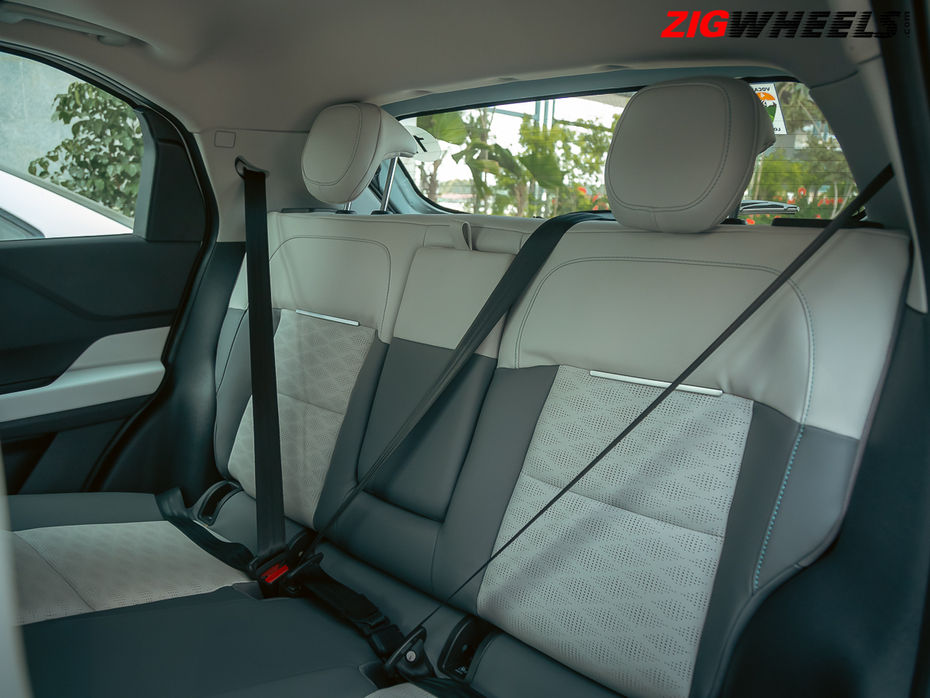
The presence of a battery pack has raised the floor marginally but the seating position at the front and rear is similar to what you’d experience in the Punch petrol. At the front, the seats are wide and have thick side bolstering. Even if you are overweight, the seats will feel comfortable and you get a central armrest too. The driver’s seat can be adjusted for height, whereas the steering gets tilt adjustment only.
It’s at the rear that the experience seems a little compromised. The space is limited, and anyone near 6 feet will feel their knees very close to the front seat. Tata has scooped out the headliner to carve out a little additional headroom. In terms of width, there’s enough for two people to be comfortable. Squeezing a third occupant is not recommended.
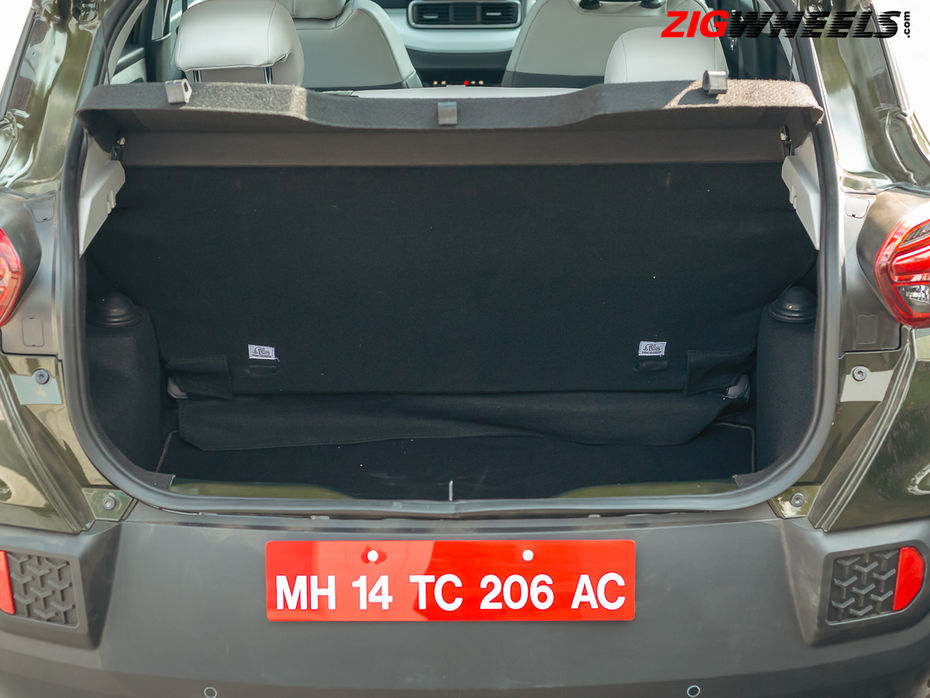
The Punch electric offers the same boot space as the petrol Tata Punch - 366 litres. You can easily store 4 cabin-sized trolley bags here. The boot lacks depth and width, so large suitcases will be difficult to store.
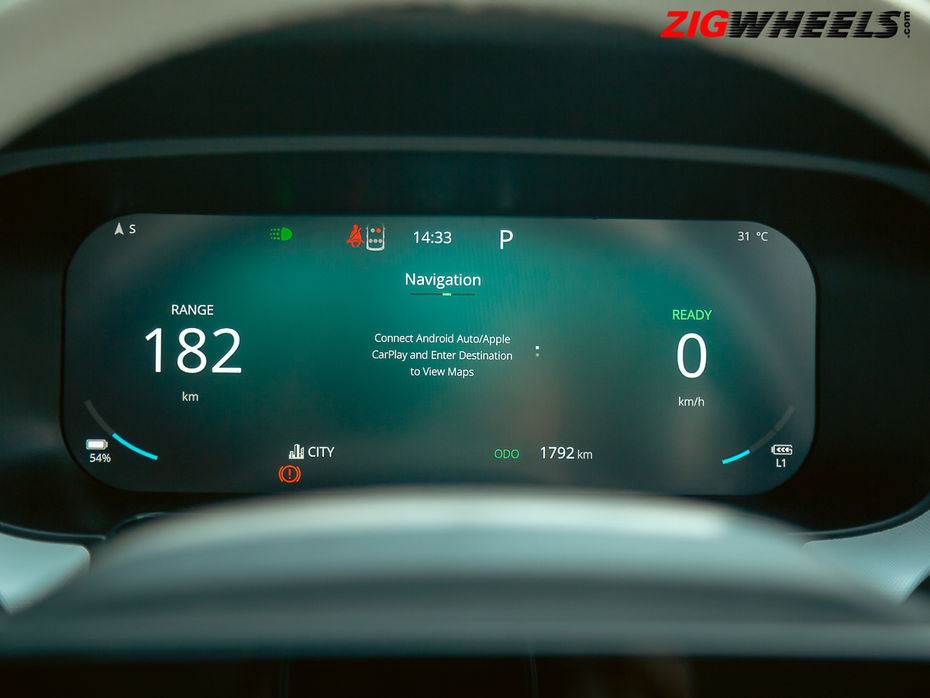
10.25-inch touchscreen - this touchscreen is the same unit seen in the mid-range models of the Tata Nexon/Harrier/Safari. It supports wireless Android Auto/Apple CarPlay. The user interface is straightforward but the vast array of settings and menu options will need a few days to get used to. As it runs Android’s automotive operating system, it also gets small touches like a search bar for you to type in a menu option you want directly, instead of searching for it in a sub-menu.
10.25-inch digital driver’s display - shared with the other SUVs in the Tata lineup. This display gets multiple view options for the dials and can also display the navigation view if Android Auto/Apple CarPlay are active. However, this screen can only display your Apple Maps feed if you’re using Apple Carplay and the Google Maps feed can only be seen if Android Auto is active.
Touch-based switches - not particularly easy to use on the move. Physical switches for temperature and fan speed are thoughtful.
360-degree camera - clear camera quality. Indicating left/right brings up the respective camera feed on the infotainment screen (blind view monitor). However, the camera display pastes over the infotainment screen entirely, which can become an annoyance while using navigation.
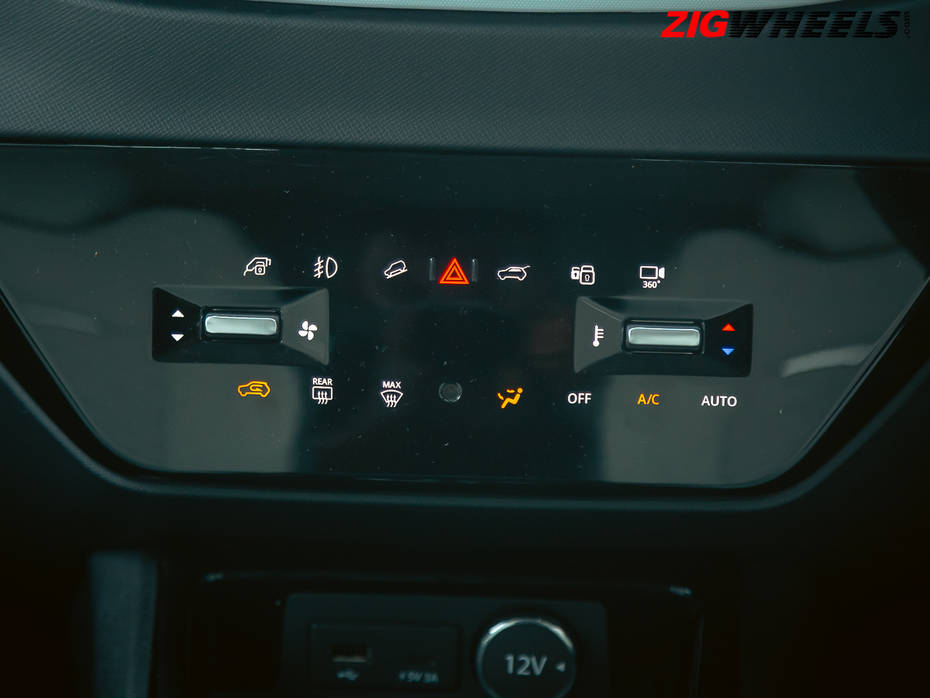
Other features include ventilated front seats, air-purifier with AQI display, electric sunroof, cruise control, wireless charger, auto headlights, rain-sensing wipers, and a fantastic 6-speaker audio system.
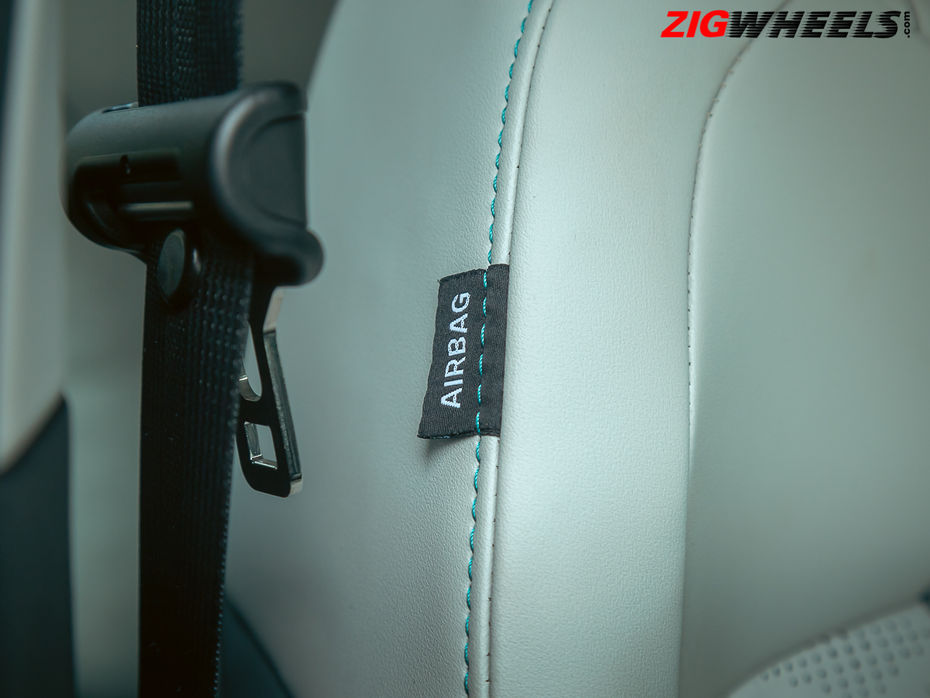
Right from the base variant, six airbags, ABS with EBD, traction control, hill assist are offered. The Long Range versions additionally get all-wheel disc brakes, while the standard range model only gets them at the front. The Tata Punch EV has not been crash-tested yet. However, Tata has confirmed that it will soon have a Bharat NCAP rating.
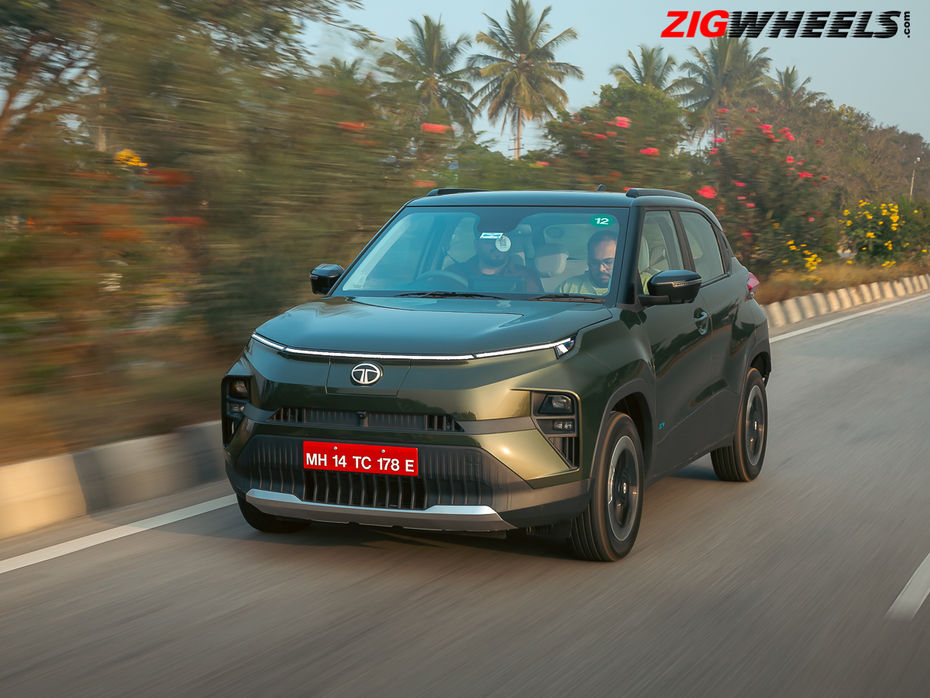
The Punch EV is offered with two battery packs: 25 kWh and 35 kWh with MIDC rated range figures of 315 km and 421 km respectively. In real world conditions, expect the Tata Punch EV to deliver a range of around 200 to 220 km with the standard range battery, and between 280 and 310 km with the long-range battery. The smaller battery pack is paired with a 82 PS/114 Nm motor (roughly equal to the petrol Punch) and the bigger battery gets a powerful 122 PS/190 Nm motor.
The Tata Punch EV supports both AC slow/fast charging and DC fast charging.
|
Charger |
Medium Range (25 kWh) |
Long Range (35 kWh) |
|
50 kW DC Fast Charger (10-80%) |
56 minutes |
56 minutes |
|
7.2 kW AC Home Charger (10-100%) |
3.6 hours |
5 hours |
|
3.3 kW AC Home Charger (10-100%) |
9.4 hours |
13.5 hours |
Punch EV Long Range
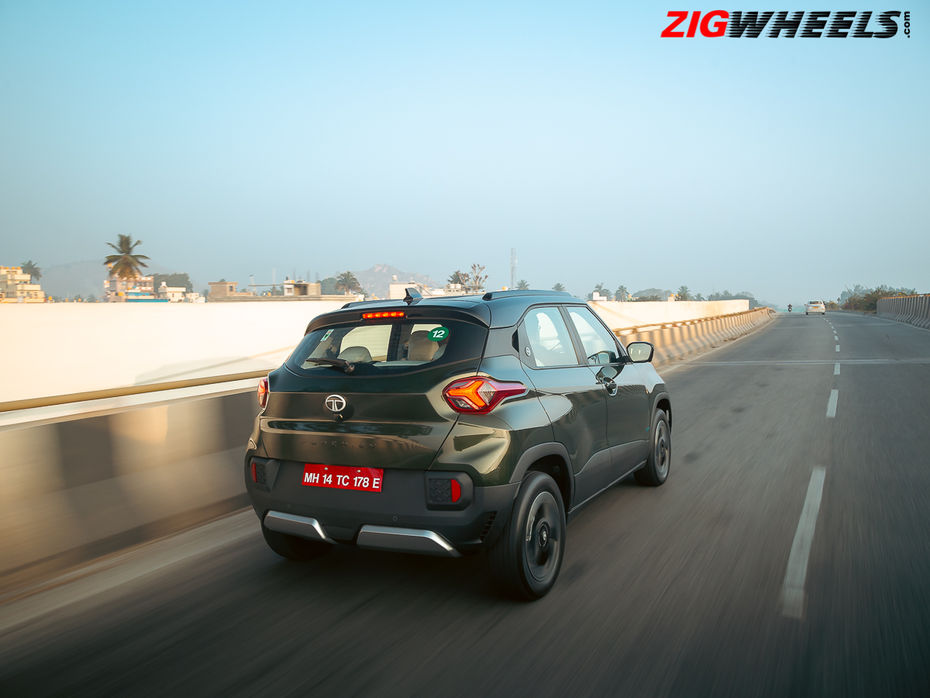
The Punch EV’s drive experience will be easy to live with and approachable for new drivers as well. There are three modes to choose from: Eco, City and Sport, and four levels of brake energy regeneration: off, level 1,2 and 3 (3 being the strongest).
In Eco mode, the response from the motor is dulled down. This mode is suitable for driving in slow moving traffic. You can switch to City mode when your commute is a mix of slightly open city highways and smooth flowing traffic. Sport mode is reserved for when you have open roads to take advantage of, though power delivery is still linear enough to be in normal city driving. In fact, this is what makes the Punch EV friendly to trust your driver or teenager with. Yes, it’s quick but the rate of acceleration won’t shock or scare you. This does come at the expense of the drama that some people like in their electric vehicles.
Note: What is Brake Energy Regeneration?
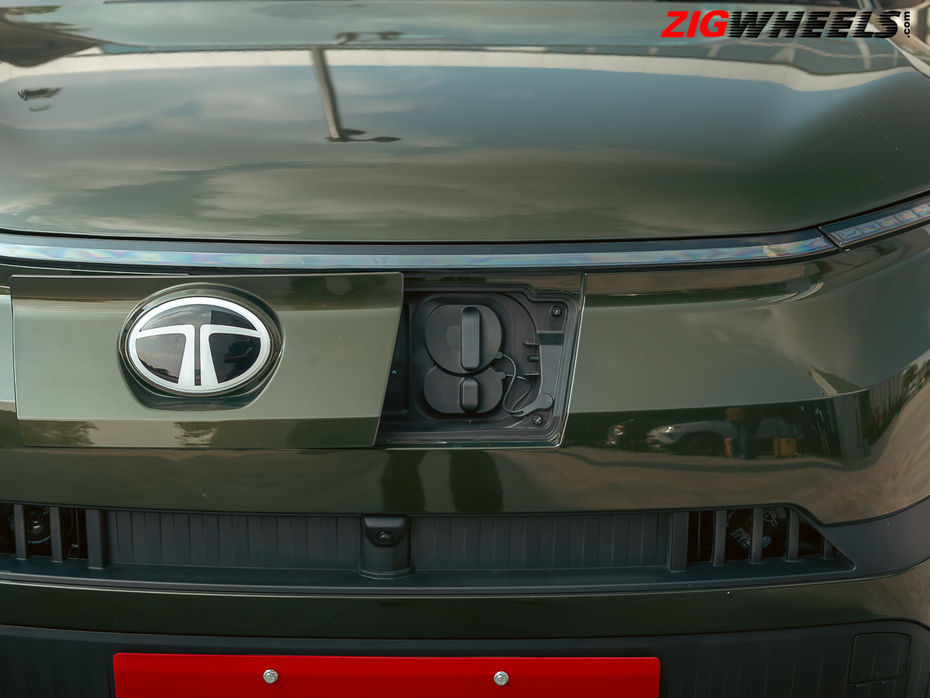
The brake energy regeneration system captures energy that would otherwise be lost during braking/coasting and feeds it back into the system. This helps increase range.
Level 3: Deceleration is super strong. The moment you lift off the throttle you will feel the vehicle bog down a little immediately before slowing down. This could’ve been smoother. If you time the release of the accelerator properly, you could drive around the city purely using one pedal. Do note that the vehicle does not come to a dead halt as it slows down i.e it’s not a pure single-pedal mode — it creeps at 5 kmph.
Level 2: Perfect for everyday usability inside the city. Transition into regeneration when you lift off the throttle is a lot smoother.
Level 1: Consider using on open highways or slopes where Level 2 or 3 would cause you to lose too much speed.
Level 0: The vehicle will coast, giving a similar feel as a vehicle in ‘neutral’.
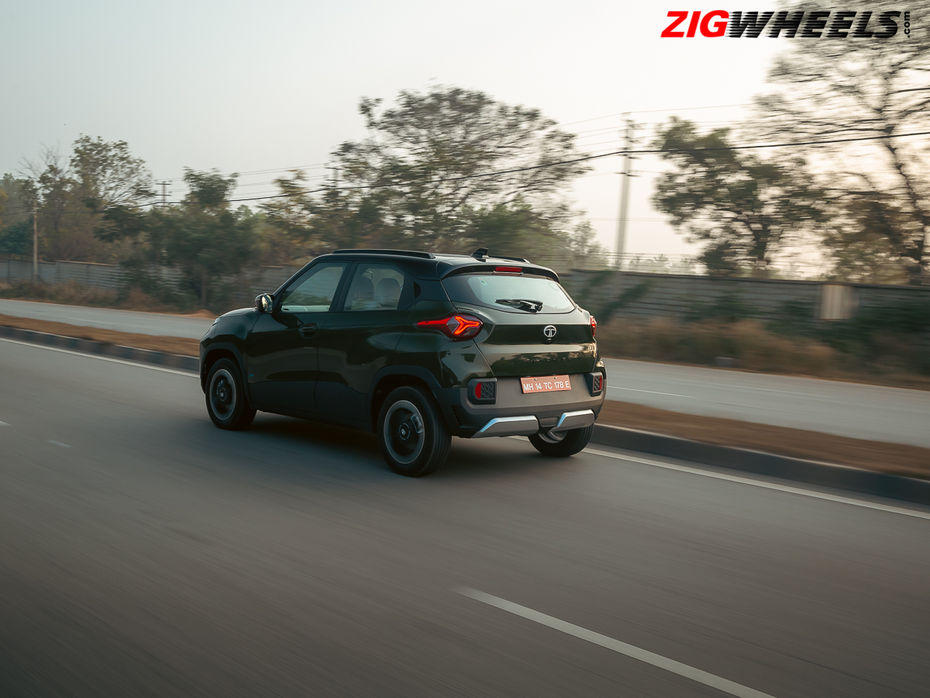
The Punch EV has a lightweight steering, making it easy to manoeuvre inside the city and park in tight spots. The weight of the steering increases as speeds climb past 80 kmph.
Ride comfort is a highlight, where the car manages to iron out the imperfections of a bad road. The suspension works silently and keeps the occupants in decent comfort. It’s only over really bad surfaces that you’d find the body move about side to side.
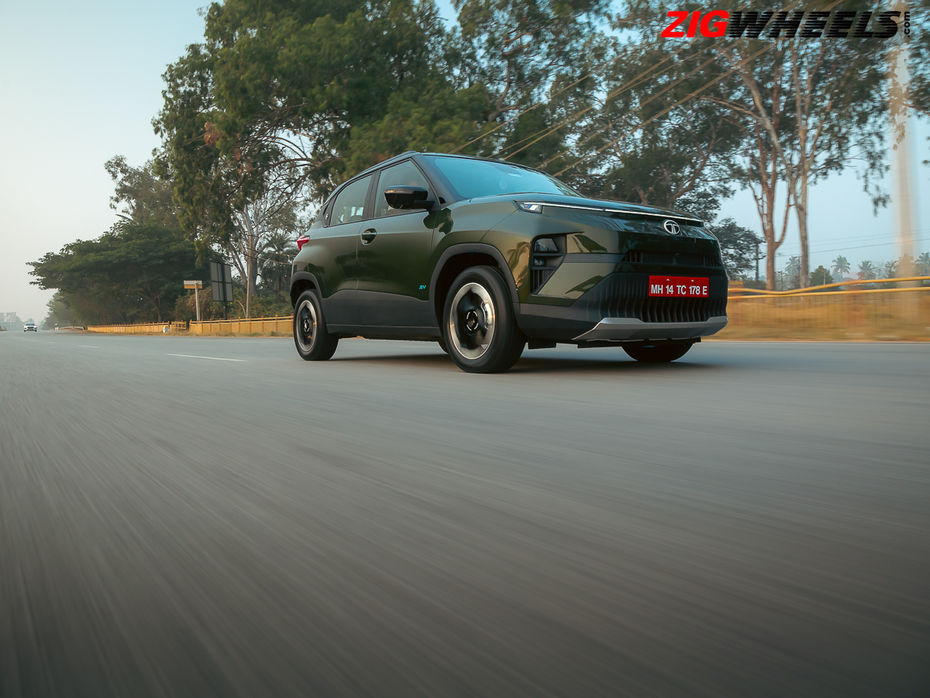
The electric Tata Punch is also a good highway car and intercity trips such as those from Mumbai to Pune can be managed comfortably.

The Punch EV’s asking price seems expensive as per the size of the car, especially in the higher variants. However, the design, features and performance go a long way in ensuring you get a lot for the money. In fact, glance over the features list and there’s little you’d find missing vs some SUVs from two segments above. The only real issue is in the rear seat space – it's strictly average. In the same budget, you can go for petrol models like Maruti Suzuki Brezza, Tata Nexon or Mahindra XUV300, where this issue won't arise.
Also Read: Hyundai Creta 2024 Review: First Drive
However if rear seat space isn't a critical factor for you, and you’d want a car with many features and lower running costs, the Punch EV is a great choice.


2022 Mahindra Scorpio N First Drive: Perfect Middle Ground?

2024 Hyundai Creta Facelift vs Rivals: Which Compact SUV Shines On...

Hyundai Creta 2024 Review: First Drive

The Mahindra Thar Roxx is more than just a 5-door Thar!

2023 Tata Nexon: Punching Above!
 MG Windsor EV
MG Windsor EV
 Tata Tiago EV
Tata Tiago EV
 Tata Nexon EV
Tata Nexon EV
 MG Comet EV
MG Comet EV
India's largest automotive community
 Tata Punch
Rs. 5.99 Lakh
Tata Punch
Rs. 5.99 Lakh
 Tata Nexon
Rs. 7.99 Lakh
Tata Nexon
Rs. 7.99 Lakh
 Tata Curvv
Rs. 9.99 Lakh
Tata Curvv
Rs. 9.99 Lakh
 Tata Harrier
Rs. 14.99 Lakh
Tata Harrier
Rs. 14.99 Lakh
 Tata Tiago
Rs. 4.99 Lakh
Tata Tiago
Rs. 4.99 Lakh
 Mahindra BE 6
Rs. 18.90 Lakh
Mahindra BE 6
Rs. 18.90 Lakh
 Hyundai Creta Electric
Rs. 17.99 Lakh
Hyundai Creta Electric
Rs. 17.99 Lakh
 Mahindra XEV 9e
Rs. 21.90 Lakh
Mahindra XEV 9e
Rs. 21.90 Lakh
 MG Windsor EV
Rs. 13.99 Lakh
MG Windsor EV
Rs. 13.99 Lakh
 Tata Curvv EV
Rs. 17.49 Lakh
Tata Curvv EV
Rs. 17.49 Lakh